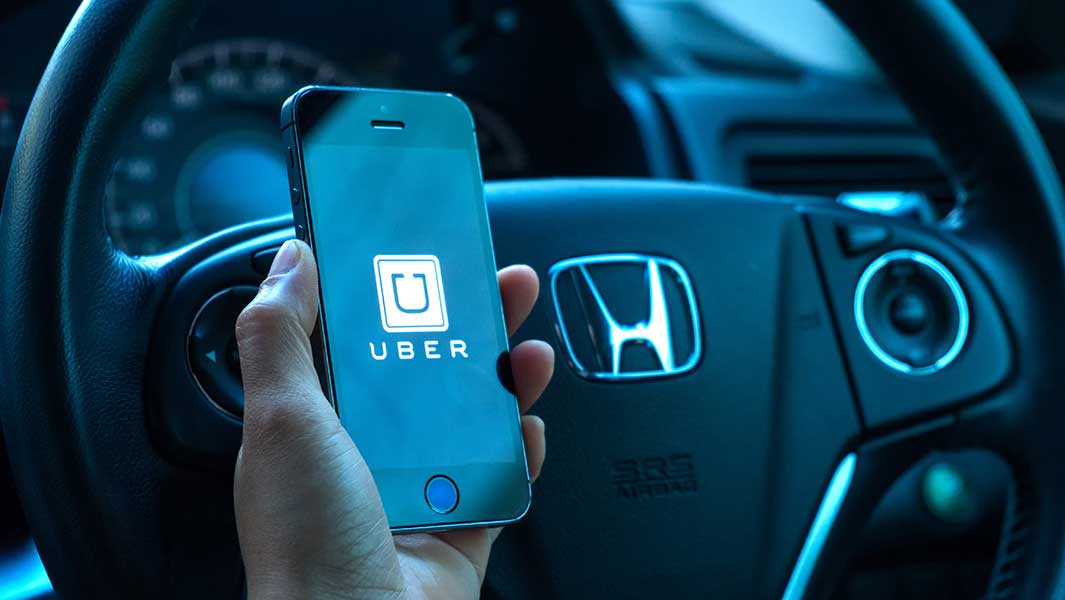Written by Jimmy Hefter
Due to the COVID-19 pandemic, ride-share consumers were cooped up in their households, with companies such as Uber and Lyft at the back of their minds. Business was inevitably down for these companies, so in turn, drivers logged off the applications and just like the consumers, they too sought safety within their respective homes. Now, since vaccinations are increasing and people are starting to interact with (almost) normal life again, these ride-share companies hope that people will use their product again, but there is a caveat. Since people are more out in public recently, demand has skyrocketed for companies such as Uber and Lyft, but there are not any drivers to satisfy the people’s needs. Drivers have not logged back onto the ride-share applications, therefore leading to a drastic low supply of drivers. Through this example, we can see the economic concept of “sticky supply” because with prices, there is a lag in supply when there is an increase in demand of the product by consumers.
To understand the technical definition of this shortage, it is necessary to define key economic terms and concepts. When the quantity demanded exceeds the quantity supplied, there is a shortage, which will ultimately have ramifications, such as the price inevitably increasing. In the case of this situation, the public is demanding a large amount of ride-share services (the quantity demanded) due to increased vaccination rates and the return to normalcy, but the drivers for such companies are not logging back onto these applications, therefore the quantity supplied is lower than the quantity demanded. Therefore, a shortage is occurring, which ultimately will lead to higher prices of the services, which will hurt everybody. In an article, Lekach mentions an Uber blog post that states “There are more riders requesting trips than there are drivers available to give them — making it a great time to be a driver.” Over time, since being an Uber driver is now more enticing, this spectacle will naturally increase the supply of Uber drivers, therefore returning back to market equilibrium. However, Uber needs to acquire the drivers. Also, Uber and Lyft needed to cut costs last year due to the pandemic, so they ended up “constraining its supply of drivers” (Hawkins, 2021). That financial decision helped them through the pandemic, but as demand is increasing, that decision is starting to haunt them.
An interesting trend is taking place, however. The aforementioned drivers are now flocking to a new sector of the ride-share market: food delivery. These companies, such as DoorDash, GrubHub, and InstaCart are seeing a drastic increase in drivers for their service. “DoorDash’s driver app, the number of daily active users went from 397,910 in January 2020 (before COVID-19) to 916,184 this past January, representing a 130 percent increase in active drivers” (Lekach, 2021). On the other hand, for Uber and Lyft, daily active users decreased 42.3 percent and 37.5 percent respectively over the past year (Lekach, 2021). This large change is having massive effects on the ride-share industry, and companies such as Uber and Lyft are attempting to find solutions to mend this problem.
This issue of a driver shortage is affecting college campuses around the country, specifically UMass Amherst. Many students have brought this issue to the surface because every time they log on to these ride-share applications, there are no drivers available. The Commonwealth of Massachusetts issued a lock-down for over a year, so the ride-share companies were unable to charge surge pricing, which is crucial to their revenue (Trowbridge & Kane, 2021). This issue has a myriad of ramifications, where students cannot find a ride to the grocery store, or that after a night of drinking, they cannot find a ride home. Massachusetts is currently trying to get the ride-share applications back to normal with surge pricing to help drivers get more revenue. This would incentivize the drivers to log back onto the application.
So, what is the solution for ride-share companies? Incentives. Incentives are an extremely useful method to get people to do things. Obviously, this is an absurdly broad definition of an incentive, but at its core, that is what they do. So, to get drivers back behind the wheel, Uber is enacting a $250 million “stimulus” to increase pay with more incentives (Hawkins, 2021) (Lekach, 2021). Lyft is also taking action by implementing incentives throughout the country. This will hopefully spur potential drivers to action to get business back to normal. “Uber even listed out current median hourly wages in different U.S. cities (e.g., over $31 per hour in Philadelphia) to show how driver demand is now making ride-sharing more lucrative” (Lekach, 2021). Lyft is covering costs of rental cars, providing $800 incentives for drivers to log back onto the application, as well as giving extra money to drivers when a ride is longer than nine minutes (Hawkins, 2021). Clearly, Uber and Lyft are making desperate attempts to get drivers back and to dissipate this shortage that is negatively affecting the suppliers and demanders. COVID-19 is still wrecking this industry, but the light is at the end of the tunnel for rideshare companies that have been knocked out by the pandemic. A question still remains, how long it will take these companies to return to equilibrium?
Works Cited
Hawkins, Andrew J. “Uber and Lyft Have a Driver Shortage Problem, and It’s Costing Them a
Lot of Money.” The Verge, The Verge, 7 Apr. 2021, www.theverge.com/2021/4/7/22371850/uber-lyft-driver-shortage-covid-bonus-stimulus.
Lekach, Sasha. “Uber and Lyft Throw Cash at Drivers as They Ditch the Apps for Food
Delivery.” Mashable, Mashable, 10 Apr. 2021, mashable.com/article/uber-lyft-drivers-no-longer-on-apps/.
Trowbridge, Ryan, and Lindsey Kane. “Students Seeing Rideshare Shortage in Amherst.”
WesternMassNews.com, 9 Apr. 2021, www.westernmassnews.com/news/students-seeing-rideshare-shortage-in-amherst/article_ 0a98766e-98d9-11eb-ac5a-17df7d2a8de0.html.

